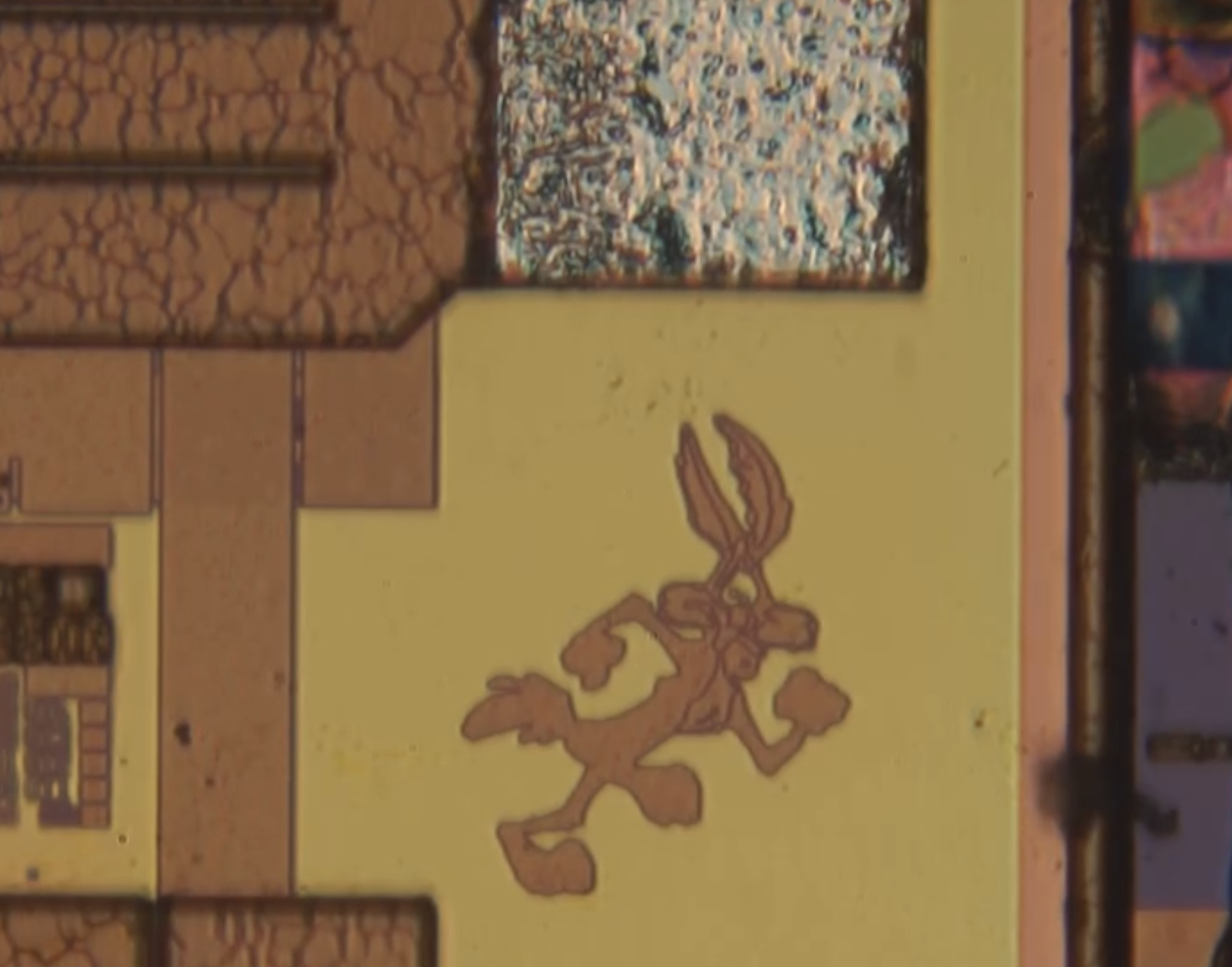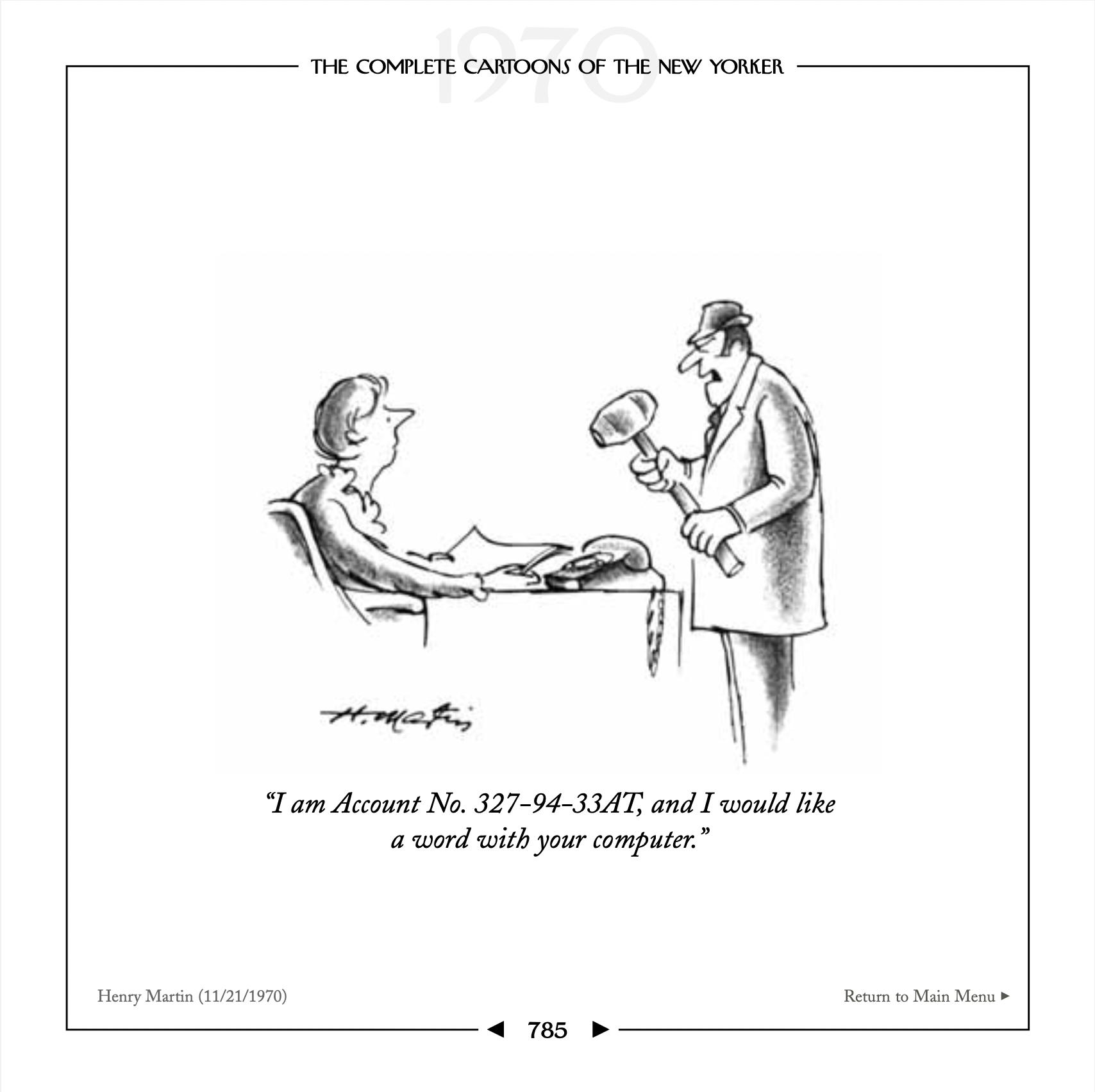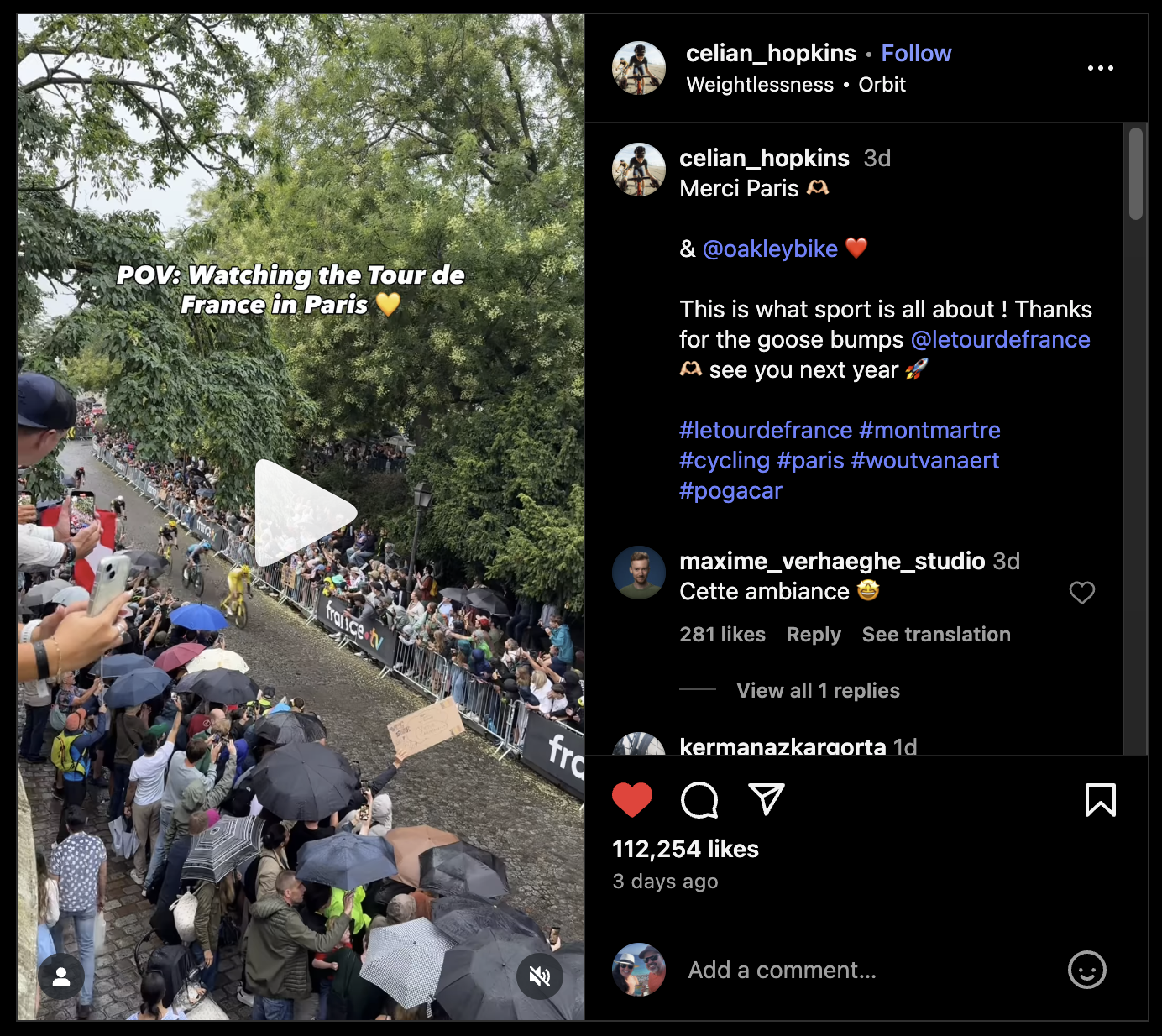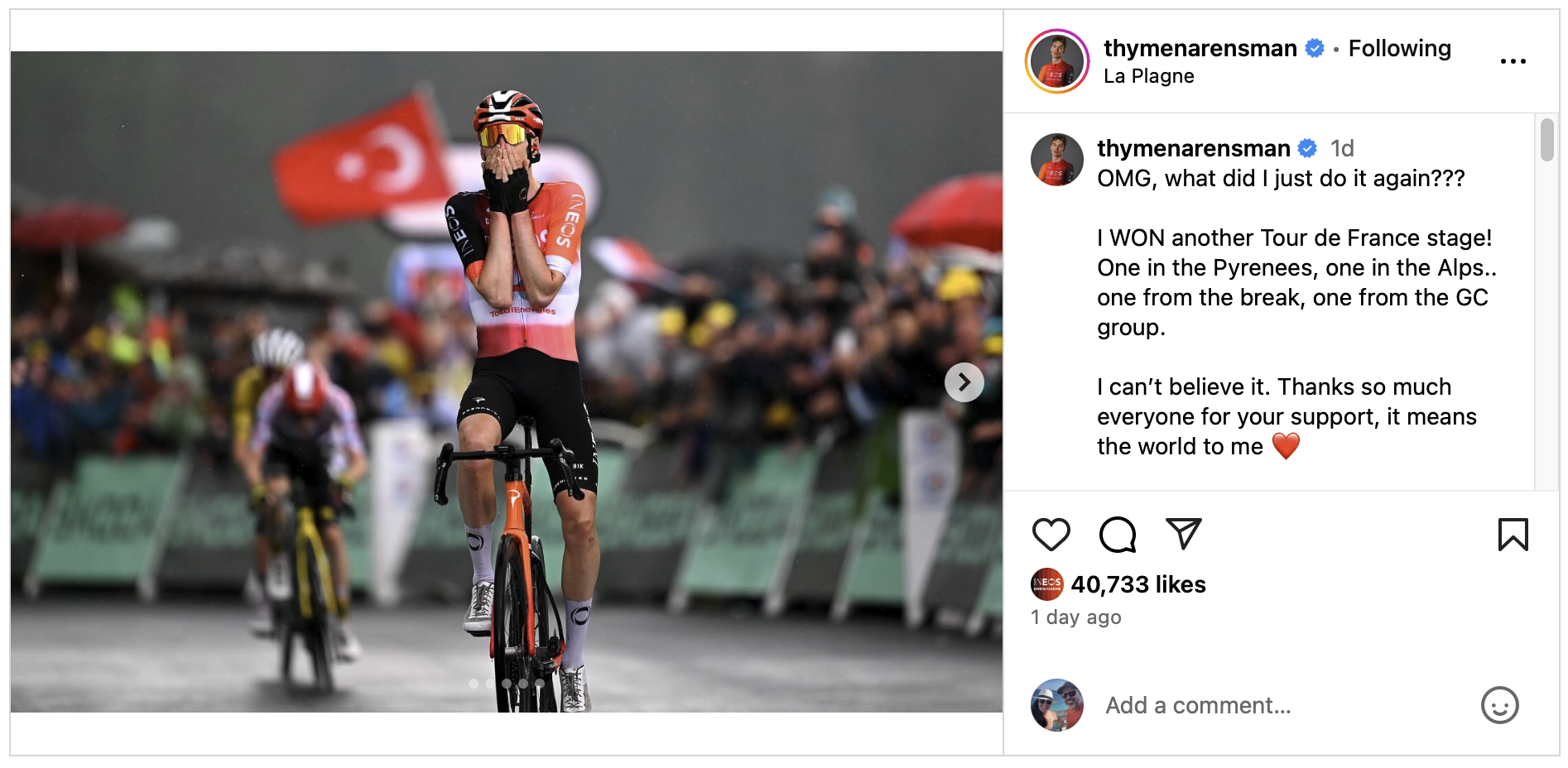Some notes on personality changes in OpenAI’s ChatGPT:
Regarding the “her” tweet for GPT-4o, or whatever a post in X is:
Some users may be repelled by them. But many will come to love and appreciate the new breed of A.I. assistants — and some will inevitably fall in love, as Theodore does.
May 14, 2024 - The New York Times, A.I.'s 'Her' Era Has Arrived
On the backlash of GPT-5, now more HAL than Her:
For others, though, the loss felt personal. They developed an affinity for the GPT-4o persona, or the o3 persona, and suddenly felt bereft. That the loss came without warning, and with seemingly no recourse, only worsened the sting.
August 11, 2025 - Platformer, Three big lessons from the GPT-5 backlash
On GPT-5.1:
The release follows complaints earlier this year that its previous models were excessively cheerful and sycophantic, along with an opposing controversy among users over how OpenAI modified the default GPT-5 output style after several suicide lawsuits.
...the company is offering eight preset options, including Professional, Friendly, Candid, Quirky, Efficient, Cynical, and Nerdy, alongside a Default setting.
November 12, 2025 - Ars Technica, OpenAI walks a tricky tightrope with GPT-5.1’s eight new personalities
The GPT-5.1 Efficient setting seems to be the most HAL-esque:
...which is just tell me what you want to tell me. And you don't have to pretend you're being nice to me. You don't have to compliment me.
November 18, 2025 - Dan Frommer on The Talk Show with John Gruber podcast, #434: 'Knee-Jerk Contrarian,' with Dan Frommer (1:21:45)
There seems to be a consistent problem with “glaze." It seems, though, that glaze is a purposeful attribute – the problem isn’t that there is glaze, it’s that it glazes “too much.”
Dan Frommer also mentions in the podcast (1:25:43), “I try to use the default settings for almost everything, just so I feel like I’m experiencing technology the way that, like, most people are experiencing it.” And I agree, the default setting, the vanilla, can be really interesting. Vanilla might seem basic, but it’s a very difficult thing to do just right.





